|
|
Drones play a critical role in responding to wildfires by saving lives and restoring forests at scale.
With more frequent wildfires due to climate change, drone technology can help mitigate increased risk. Why more fires? Climate change creates ideal conditions for wildfires to flourish, such as lower precipitation and warmer air temperatures.
By adding strong winds to these drought-like conditions, even a slight uptick in temperature and dryness can produce a dangerous recipe for severe wildfires. However, drones are now being implemented to combat fires and plant new life to prevent further loss in the recovery stage.
Busy? Try the speed read.
Why are wildfires detrimental to our environment?
- Burn millions of acres of forests each year; trees are critical to (1) absorbing greenhouse gases to lessen the effects of climate change and (2) preserving biodiversity.
- Kill and displace wildlife.
- Disrupt water cycles and soil fertility.
- Endanger lives and livelihood of local communities.
How are drones being used to fight wildfires?
- Provide real-time support on the ground for firefighters to improve safety.
- Map weather patterns to prevent spreading of the fire to mitigate environmental destruction.
What are the benefits of a drone compared to a traditional aircraft?
- Safer since you don’t need a pilot to operate it.
- More versatile since a drone can fly in poor conditions and hard to reach spaces.
- More accurate by using GPS and imaging technologies to generate a “smart map.”
Bottom line
More recently, the use of drones for fire prevention in the U.S. has been gaining support from the federal government. Regulatory hurdles are starting to lessen. Plus, the civil-use of drones is now more widely accepted.
Drones are becoming a key technological advancement in fighting wildfires. They can not only protect our communities, but they can also mitigate the environmental impact caused by fires.
Dig deeper → 4 min
Not all wildfires are created equal
Every year in the United States, there’s another disastrous wildfire happening in the West. Believe it or not, not all wildfires are harmful to the environment; some fires benefit the environment. Every few years, low-intensity wildfires occur naturally without human involvement. These fires burn up plant debris and dead trees, thereby making way for young, healthy trees and vegetation to thrive.
Back-burning is a technique employed by forest managers. Forest managers purposefully set a controlled fire to mimic an otherwise naturally occurring process and prevent wildfires. These manageable, slow-burning fires make room for new life that help preserve forest health in the long term. When fires become uncontrollable this leads to disastrous outcomes normally associated with wildfires.
In the U.S. alone, wildfires result in millions of lost acres each year. This is detrimental to our ecosystems and biodiversity. Trees are critical to absorbing the greenhouse gases that contribute to global warming. Trees also mitigate the speed and severity of climate change.
Not only are trees lost in the blaze, wildfires also kill and displace wildlife. They disrupt water cycles and soil fertility, and endanger the lives of communities.
How can drones be used to battle wildfires?
During a wildfire, unmanned aerial vehicles (UAVs) or drones can help protect the lives of personnel and facilitate resource deployment to put out the fire more quickly. The application of drones doesn’t stop there.
How will we restore the millions of trees lost after the flames subside?
Though many nations and organizations have tried to plant trees at scale to make up for the loss, tree-planting drones provide a more efficient solution to this problem. Some startups are already leveraging drone technology.
The history of a highly regulated industry
In recent years, drones have been used in previous wildfires in California. Furthermore, according to the Smithsonian, during the massive 2013 fire at Yosemite National Park, the National Guard flew a MQ1 predator drone 350 miles from March Air Reserve Base to Yosemite to fight the fire and locate a lost fire crew.
However, it wasn’t until 2018, when the United States Department of the Interior awarded the first Call When Needed contract to four U.S. companies for small unmanned aerial systems (SUAS) operational services, that the technology became more widely used for wildfire operations. More recently, drone technology has gained legislative support from the federal government.
In March 2019, the U.S. Congress signed the Wildfire Management Technology Advancement Act into law, authorizing firefighting departments to use UAVs in their operations. The bill acknowledges that UAVs are essential in providing information to agencies while improving the safety of firefighters. The bill also highlights that by this year’s fire season, large wildfires will be mapped in real-time using a network of drones carrying infrared sensors.
The greater use of UAVs is occurring at a critical time with already 44,520 wildfires witnessed this year; UAVs have played a key role in helping firefighters combat them.
Advantages of drones for wildfires
Fighting a forest fire requires tough decision making. How should you allocate limited resources based on estimates of how the fire will spread? Moreover, local winds can move the fire in unexpected directions making it difficult to contain. Drones provide situation awareness, which is a key success factor when battling fires.
How? Drones increase the safety of firefighters by providing real-time support on the ground to better position limited resources, thereby acting as another crew member.
Additionally, drone technology provides a bird’s eye view with live-streaming capabilities so that firefighters can get a real-time visual on the fire.
Drones also come with infrared cameras that peer through smoke, as well as sensors for wind direction, and other weather variables that affect how wildfires spread.
Out with the old, in with the new
Drones are safer and more versatile compared to conventional aircrafts. Why?
Drones are superior to airplanes and helicopters when it comes to operating in poor conditions; airplanes and helicopters used to survey wildfires and drop retardant simply can’t fly in these conditions and are often in short supply.
According to Chad Runyan, acting manager of the U.S. Forest Service’s unmanned aircraft systems program, operating and maintaining aircrafts are costly. Furthermore, flying over raging fires puts the lives of pilots and crew at risk.
According to the Forest Service, plane and helicopter crashes accounted for 24 percent of wildland firefighter deaths between 2006 and 2016. Drones can also fly through canyons and other narrow spaces where helicopters can’t glide low enough to capture high-resolution footage.
Adding more complexity to the mix is the COVID-19 pandemic, firefighters need to perform their duties while minimizing the spread of the virus. Through its innovative hardware and software incorporated into the platforms, UAVs provide an effective operational asset while relieving the strain on the ground for aerial crews.
How can drones restore lost acres from wildfires?
In addition to tree loss caused by wildfires, every year, about business and governments chop 15 billion trees to make way for agriculture, mining, logging, and urban sprawl.
Such mass deforestation has accelerated global warming and imperiled the survival of millions of species. States and startups already use drone technology to fight against deforestation. They could also use drones to grow back the forest in the aftermath of a wildfire.
A startup at the forefront of tree-planting drones
BioCarbon Engineering (BCE), a U.K.-based start-up, has developed a technique that could potentially plant one billion trees per year by using drones. The company aims to create efficiencies that current tree-planting programs lack by using automated drone technology to quickly scale. How does the company’s technology work?
First, a drone scans the land and develops a 3-D map of the area in order to collect data and produce a “smart map.” Then, the team develops an algorithm for a unique planting pattern so that a “firing drone” can use the algorithm to execute the planting strategy.
The drone flies about six feet above the ground, firing seed pods at the right speed to get them under the soil.
The techniques used are similar to strategies used for precision farming with drones taking the place of tractors and may also be more efficient and accurate than regular aerial seeding methods, according to the system’s designers.
Furthermore, initial testing in the U.K. found that the species planted by drone had a better survival rate than traditional helicopter spreading with some species even having survival rates nearly identical to hand planting.
Speed is the most revolutionary aspect of BCE’s “precision planting” technology, and the drones can also reach places that tractors and humans can’t, such as steep mountainsides.
In June of 2017, BCE planted 5,000 trees in a day to rehabilitate land ravaged by coal mining in Dungog, Australia and have also worked in South Africa and New Zealand. Since inception, the company has used drones to plant more than 25,000 trees across the globe.
BCE says that reforestation through precision planting can not only bring back the fertile soil, but also improve the water table and carbon sequestration and increase biodiversity.
Final thoughts
With constantly improving GPS and imaging technologies, experts agree that drones have become very useful for accurately mapping weather patterns and land in order to measure variables, such as winds and tree and vegetation growth or degradation. Drones are especially useful when navigating in extreme conditions and cramped spaces compared to traditional aircraft.
However, some scientists are more skeptical about their success as a planting technology on a large scale.
Experts caution that planting itself is a quick fix to a systemic issues and worry that the efficiency of drone reforestation could even lower motivation for countries to save existing forests.
In the short term, it’s easier to plant trees with a drone than protect from factors such as overgrazing, agriculture, and fires, to allow natural regeneration of forests to occur.
So for now, the more sustainable bet is to use drones as a protection tool.
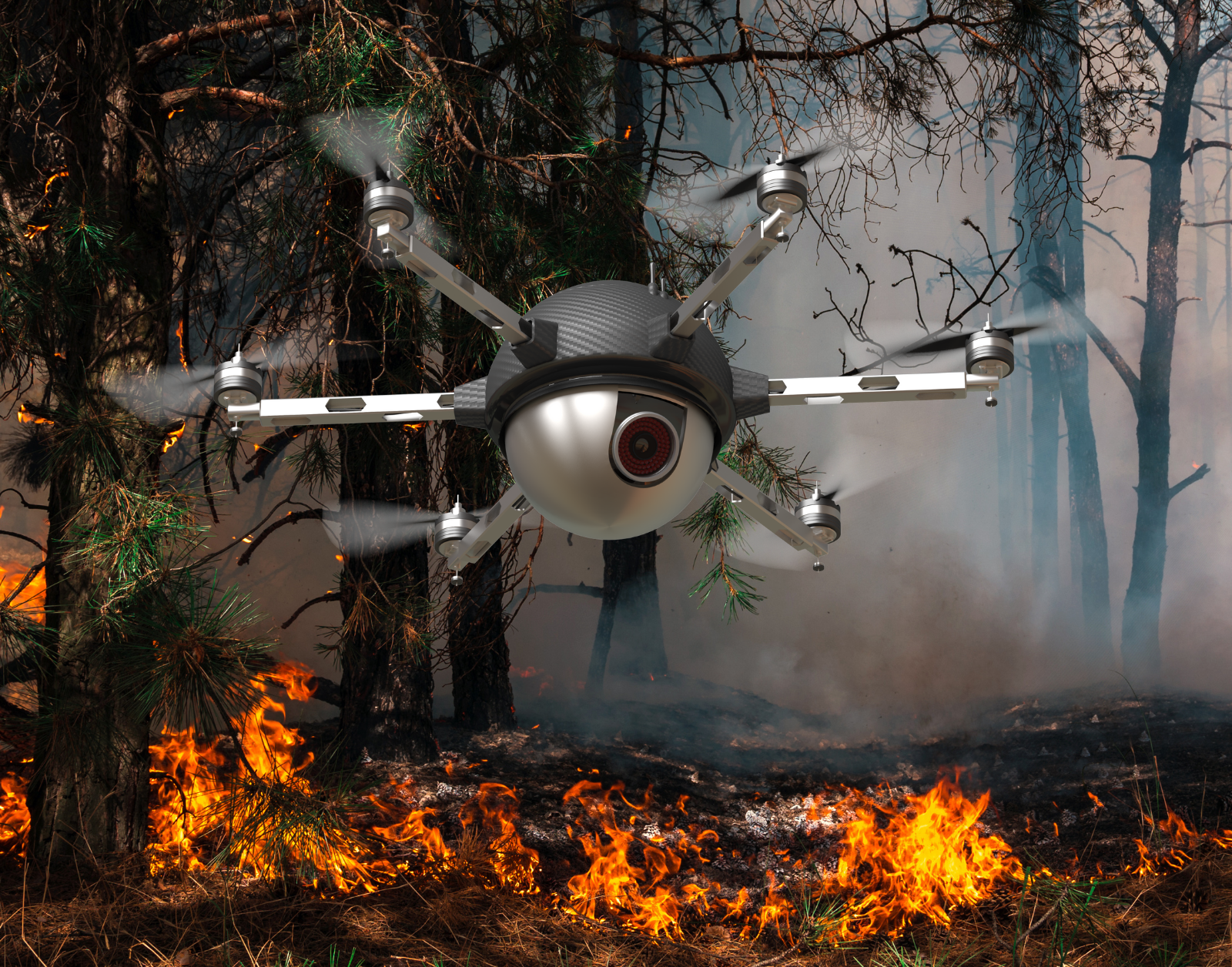


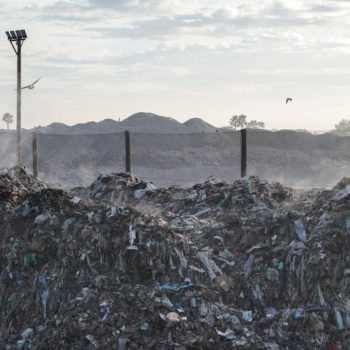
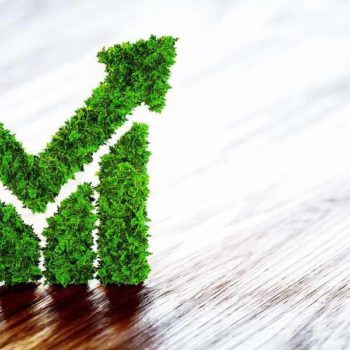

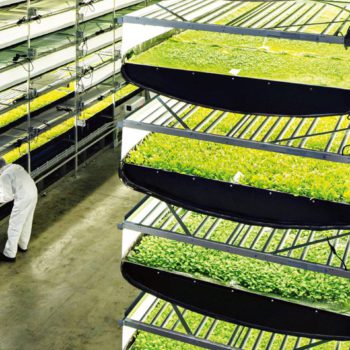



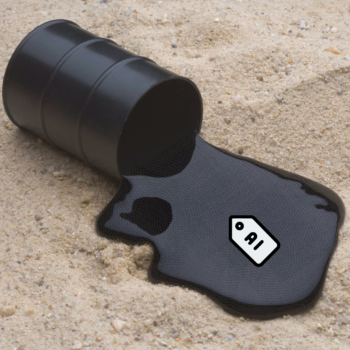


No Comments